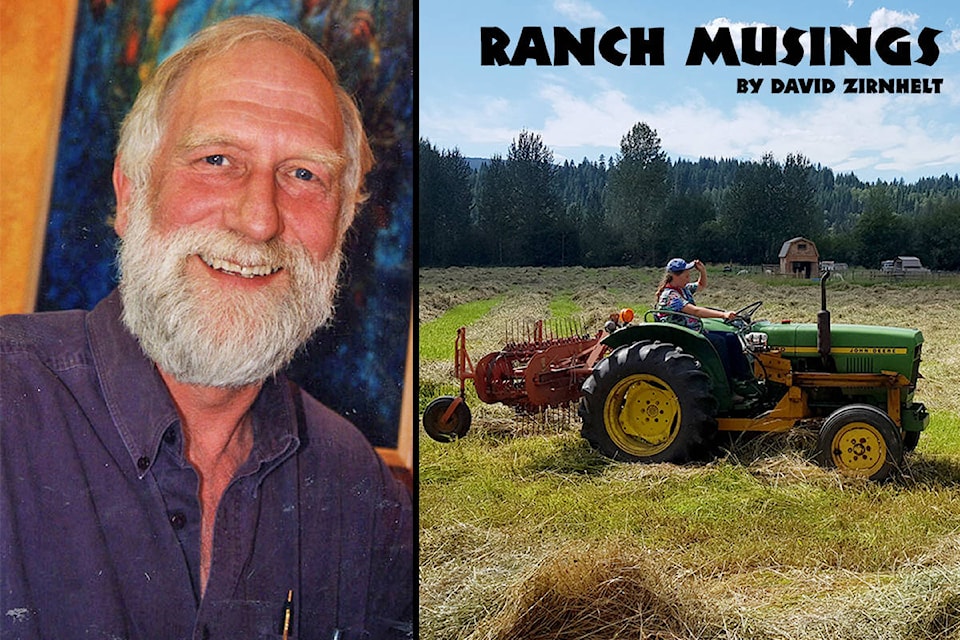While I like to dwell on the positive things in life, sometimes dead serious topics make me pause.
Today it is the reality of the carbon footprint of agriculture. The latest figures from 2009 show that 10 per cent of Canada’s greenhouse gases came from agricultural sources; that is 73 million tons.
Farmers were able to sequester in the soil 12 million tons of carbon. That is quite a deficit if we think there should be a balance.
The backdrop to this sustainability challenge of reducing the carbon footprint is that the world must cut agricultural emissions by two thirds while simultaneously producing 50 per cent more food.
This challenge was articulated by Tim Searchinger, a senior scholar at the Centre for Policy Research on Energy and the Environment at Princeton University. He recently spoke to an online seminar on sustainable intensification in agriculture.
He was the lead author of a 2019 report for the World Bank, the United Nations and the World Resources Institute.
He says that we can’t convert any more forest land to agriculture. That means 50 per cent more production on the existing farmland base.
This challenge won’t be met unless there is a lot of collaboration between farmers, government and researchers. Essentially, crop breeding, efficiencies in raising livestock through feed and genetics to increase yield while cutting emissions.
This is a tough task, but if we look back this is where the beef industry has come from: compared to 33 years ago, it requires 29 per cent fewer cattle to produce the same amount of meat. This while needing 24 per cent less land. From 1981 to 2011. During this period there was a 15 per cent reduction in the carbon footprint and a 17 per cent decrease in water use.
READ MORE: Trends and opportunities for agriculture land owners
This information comes from Tim McCallister from Agriculture Canada’s lead researcher in Lethbridge.
Growing food uses soil nutrients. Farmers and ranchers must find ways to work with the critters in the soil to keep and increase the land’s productivity.
It is inefficient to grow corn for biofuel since corn only converts 0.15 per cent of the energy of the sun to usable energy compared to about 20 per cent for photovoltaic cells.
I thank the Western Producer newspaper for reporting on this recent online conference.
Lessening demand for food by encouraging a more reasonable population less than 10 billion by the year 2050 would help. Apparently the evidence is that educating women in the third world can achieve a smaller population.
More food, less people, better distribution of food. Turning the world to this direction gets me excited.
I would much rather resources go towards this than interplanetary travel.
Maybe Mars is a good place to die if you are rich.
Forgive me my little bit of cynicism while I cheer on the culture change that needs to happen to get to a real sustainability in farming.
David Zirnhelt is a rancher and member of the Cariboo Cattlemen’s Association. He is also chair of the Advisory Committee for the Applied Sustainable Ranching Program at TRU.
Like us on Facebook and follow us on Twitter.
